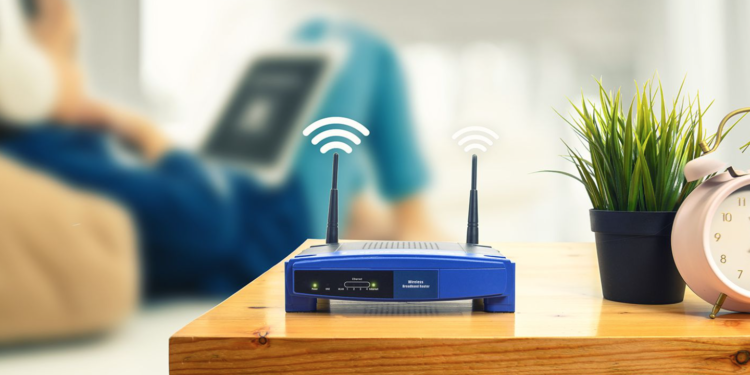Your wireless router broadcasts the SSID, or the network name, of your hotspot to nearby computers and devices in its default settings.
The SSID or Service Set Identifier broadcast is how your router distinguishes your hotspot and makes your network visible and readily accessible to other devices. The default SSID of your router will commonly include the device’s brand name (such as D-Link or Linksys), but you can easily change it.
One way to improve your Wi-Fi network’s security is to configure your router with a hidden SSID.
James Forbis, who provides IT consulting in Cincinnati offers up the following advice for disabling with SSID on your wireless router.
What Happens When You Hide The SSID?
When you disable the SSID broadcast feature, you immediately make the network name invisible. However, you should know that disabling the SSID on your Wi-Fi will only hide the name, but not your network. It is not possible to disguise your router’s activity, so it is still vulnerable to a determined hacker.
When your network is invisible to your wireless devices, it is a bit more complicated to connect. Just providing the Wi-Fi password to guests is not enough. Your guests will need to manually configure their settings to include the network name you have obscured, your security modes, and other information.
How to Disable the SSID Broadcast on Your Wireless Router
Most wireless routers broadcast the SSID by default. To disable this feature and hide your network from prying eyes, you need to access the router control panel, commonly via your web browser. Look at your router’s instruction manual or the device’s back to find out its IP address.
Enter the IP address into your browser’s address field and press Enter. You will need to log in to the control panel with your username and password. If they are the default values in your manual, this is an excellent opportunity to change them.
Once you have logged in, locate the SSID broadcast option in the wireless settings and disable it. Be sure to disable the option on both 2.4GHz and 5GHz if you have a dual-band router.
The above is the general procedure for most wireless routers. Below are specific instructions for some of the more popular models:
Linksys:
1. In your browser, type http://192.168.1.1 in the address box. Enter “admin” into both the User Name and Password fields to access the control panel.
2. From the menu, choose Wireless and go to Basic Wireless Settings.
3. Set the SSID Broadcast option to Disabled.
4. Click Save Settings.
Netgear
1. In your browser, type http://192.168.1.1 in the address box. Enter the user name as “admin” and password as “password” to log in.
2. In the left-hand pane, under Advanced, select Wireless Settings.
3. Uncheck the Enable SSID Broadcast option.
4. Click Apply.
D-Link
1. In your browser, type http://192.168.0.1 in the address box. Choose “Admin” as your user name from the drop-down menu and leave the password blank. Click the Log In button.
2. From the menus, choose Setup and then Wireless Settings. Select Manual Wireless Network Setup.
3. Depending on your control panel, you may check the box marked Enable Hidden Wireless or Change the Visibility Status setting to “Invisible.”
4. Click “Save Settings” to finish hiding your SSID.
Belkin
1. In your browser, type http://192.168.2.1 in the address box. Click the “Login” option, leave the password blank, and then click the “Submit” button.
2. Under Wireless in the left-hand pane, select Channel and SSID. Uncheck the box market “Broadcast SSID.”
3. To complete hiding your Belkin router’s SSID, click on “Apply Changes.”
Is It A Good Idea To Disable SSID Broadcast?
Disabling the SSID broadcast feature on your router is vital to ensure your online security, but it should not be the only step you take to keep your communications safe. Before you hide your SSID, consider the following:
- A disabled SSID broadcast does not hide your Wi-Fi completely: Disabling the SSID will only obscure your network name, but cannot conceal its existence. Because of beacon frames that routers continuously transmit, hackers can tell that there is a hidden network.
- Third-party applications can find hidden networks: There are software applications like Kismet and Netstumbler that can quickly locate secret networks.
- You could draw unwanted attention to your network: Disabling your network’s SSID broadcast will raise suspicion. Many people assume that there must be a reason for someone to hide something, making your hidden system more attractive to hackers.
How to Secure Your Wi-Fi Properly
Hiding your network’s SSID could make it invisible to the average lay user, but will not offer sufficient protection from a determined hacker.
Proper wireless network security relies on authentication and strong encryption. In addition to hiding your SSID, set up WPA/WPA2 (not WEP) protected access for your Wi-Fi hotspot. You should then create a strong password that ensures it is secure.









